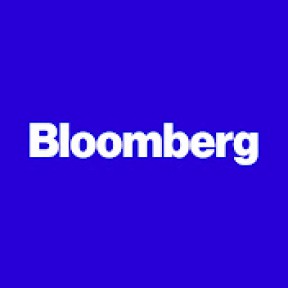Coronavirus 01-06 | More then 6.200.000 cases, 374.000 dead
The reopening of America was always going to be fraught, with competing fears of new virus outbreaks and economic meltdown. Now cities across the nation, from New York to Chicago and Los Angeles, are reeling from unrest that could worsen both.
Violence erupted in dozens of cities following the death of George Floyd, a black Minneapolis man who died after a white police officer pressed a knee into his neck for more than eight minutes. Some demonstrators broke off to rampage through shopping districts, including Rodeo Drive in Beverly Hills and State Street in Chicago, and set fire to police cars and municipal buildings.
The chaos, amid otherwise peaceful protests, struck as the economy struggles to emerge from its coronavirus-enforced hibernation. After the Covid-19 deaths of more than 104,000 Americans, unprecedented government intervention and massive disruptions to business and everyday life, the scenes of unrest across the country were a bleak contrast to the recent optimism of the markets. The S&P 500 registered its second straight monthly advance on Friday.
“I think people are coming to the realization that their jobs may not be coming back or coming back quickly. This is all conflating with the racial tensions and completely boiling over,” said Mark Zandi, chief economist at Moody’s Analytics. “This highlights the depth of despair in America,” he said, citing 20% unemployment and 50 million workers who’ve lost their jobs, had pay cuts or lost hours.
The violence prompted Amazon.com Inc. to scale back deliveries and shut down delivery stations in a handful of cities including Chicago, Los Angeles and Portland. Target Corp., which had already shuttered 32 stores around its Minneapolis headquarters, said it was closing dozens more around the nation, at least temporarily. Apple Inc. issued a statement saying, “with the health and safety of our teams in mind, we’ve made the decision to keep a number of our stores in the U.S. closed on Sunday.”
The scenes of burning cars, looting, and violent arrests by baton-wielding police unfolded as business owners try to lure back customers who were already concerned about going out in public.
After spiking in mid-March, the Federal Reserve Bank of Dallas’ new Social Distancing Index, which measures the extent of physical distancing and its relationship to economic activity, had started to decline once U.S. states began lifting restrictions on business and consumer interactions.
















































